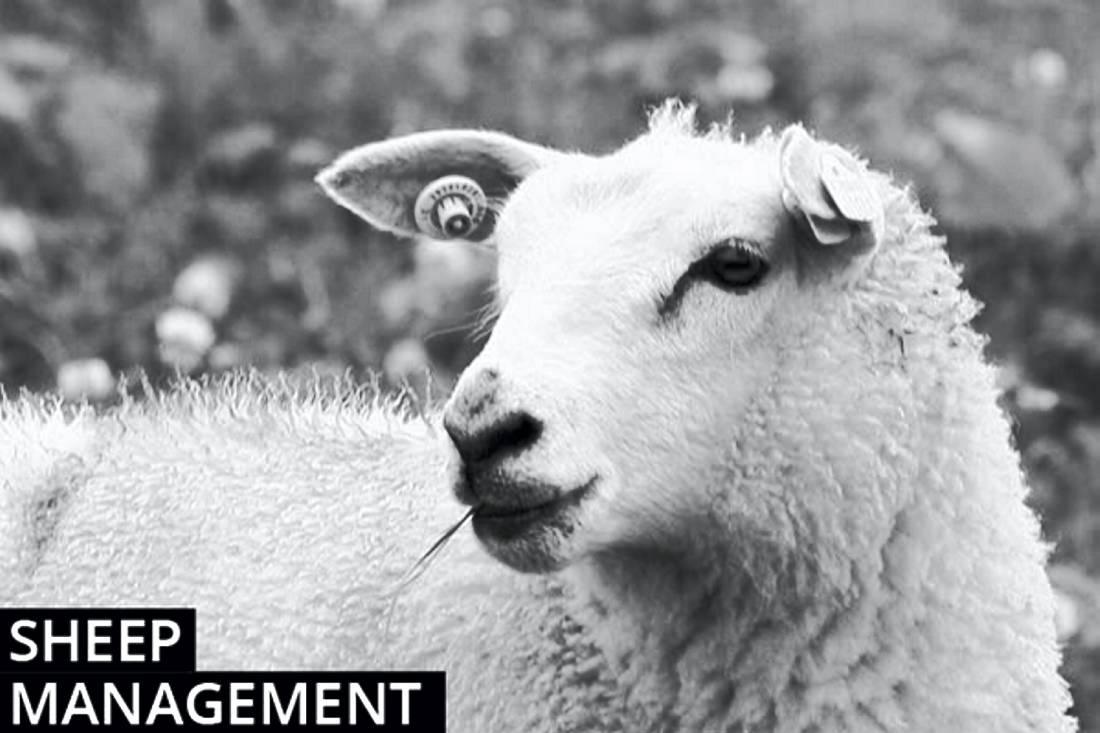Concentrate supplementation: With a higher percentage of ewes entering late pregnancy, feeding concentrate supplementation is increasing in importance. A mistake that is made on some farms is underestimating feeding levels. A simple exercise carried out at some winter farm walks took three buckets commonly used on farms – mineral lick buckets, standard hard plastic yellow buckets on offer in most co-ops and smaller black plastic buckets. When filled with a similar product, there was a range in weight of over 2kg.
Likewise, when different rations were compared with pelletted nuts there was a range in weight between different rations and pelletted feeds of over 2kg when filled into the same bucket. While a simple exercise, it shows the importance of getting an accurate estimate on the weight of feed offered to ensure adequate supplementation is being offered.
Clostridial vaccine: Speaking at this week’s Teagasc lowland sheep conference in Ballinasloe, William Fitzgerald, DAFM Regional Veterinary Laboratory, Limerick, stressed the importance of administering the clostridial disease vaccine booster treatment. He advised against the temptation of delivering just one treatment pre-lambing, highlighting that inadequate treatment will compromise the level of antibodies in colostrum, which in turn will impact on the level of protective cover transferred to lambs. He also reminded farmers that sufficiently vaccinating ewes is only half the battle, with optimum protection in lambs only achieved by ensuring lambs receive sufficient colostrum. William will also be speaking at the second lowland sheep conference held this evening in the Amber Springs Hotel, Gorey, Co Wexford at 5pm. The presentation will also be covered in more detail in next week’s lambing supplement.
Soil sampling: Teagasc analysis shows a worrying trend in soil phosphorus and potassium levels, with pH levels also falling alarmingly in recent years. Applying chemical fertiliser where soil pH is below optimum will restrict nutrient availability to growing plants. In some cases, spreading one to two tonnes of lime per hectare will deliver a quicker and more economical response than applying chemical fertiliser. Addressing what will deliver the best response will be impossible in the absence of recent soil analysis. Samples range in cost from €12 to €25 and will deliver an immediate return on investment. It is advisable to get samples taken before any organic or chemical fertilisers are applied, with a recommended time frame of at least three months since the last application. One sample will generally cover 5ha, or about 10 to 12 acres, where the soil pattern and cropping history is uniform. Avoid areas where animals may have been supplemented. More advice can be found at www.teagasc.ie/soil/analysis.
Fluke treatment in store lambs: Processors continue to report damaged livers in store lambs that have not received recent treatment. Gaining slaughter information will give a guide on fluke presence and the need for dosing. Be careful to adhere to withdrawal dates.
Help at lambing: A number of farmers have contacted us in the last week seeking help from agricultural or veterinary students interested in gaining lambing experience. Interested students can email dcarty@farmersjournal.ie and we will pass on the contact details of farmers.






 This is a subscriber-only article
This is a subscriber-only article










SHARING OPTIONS: